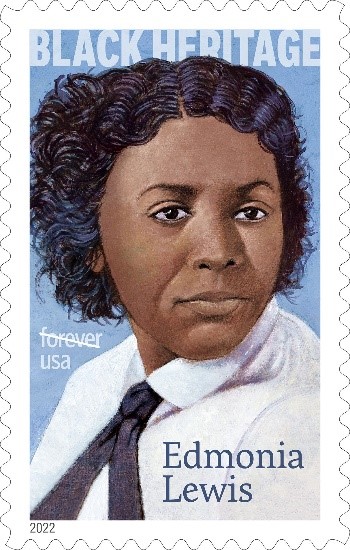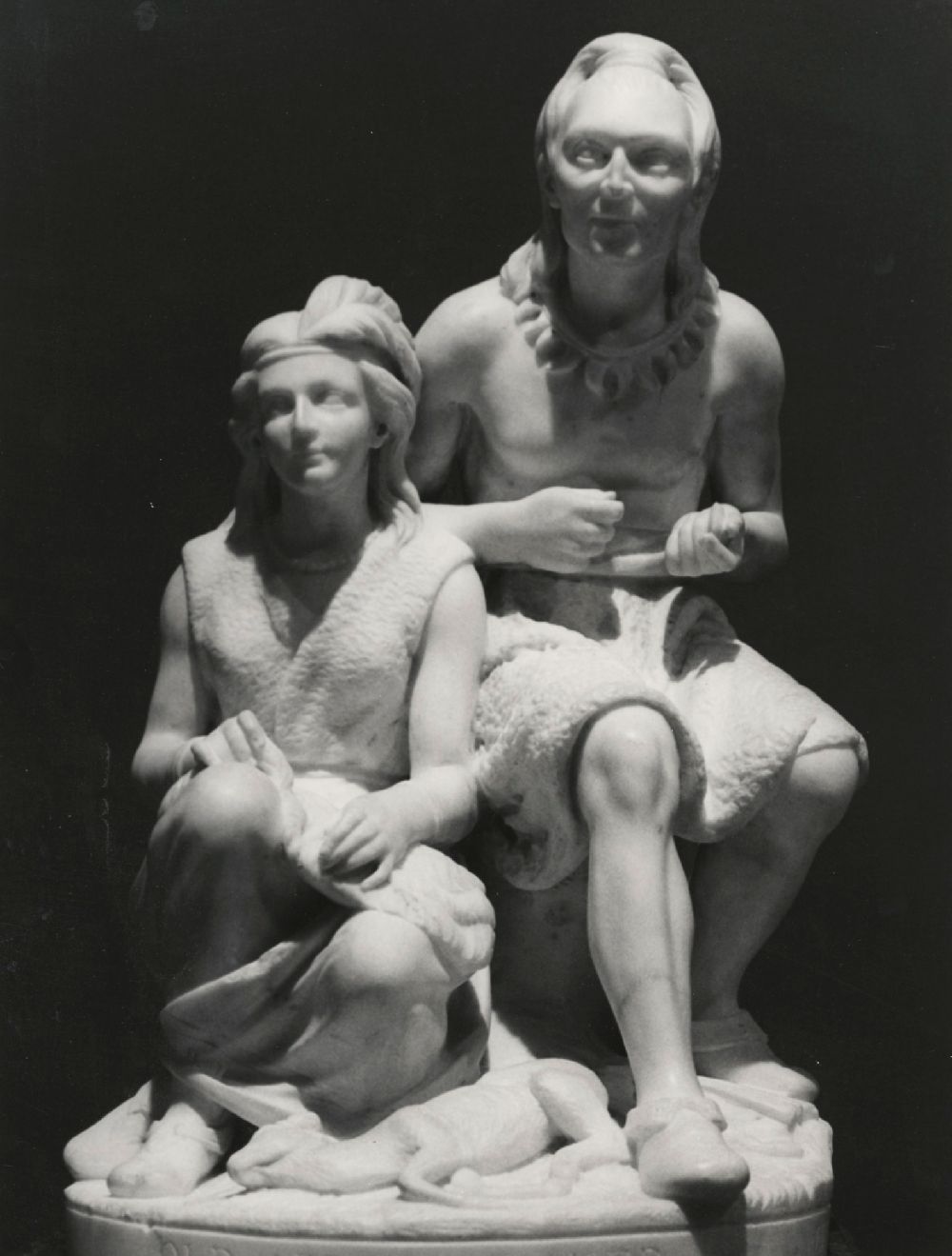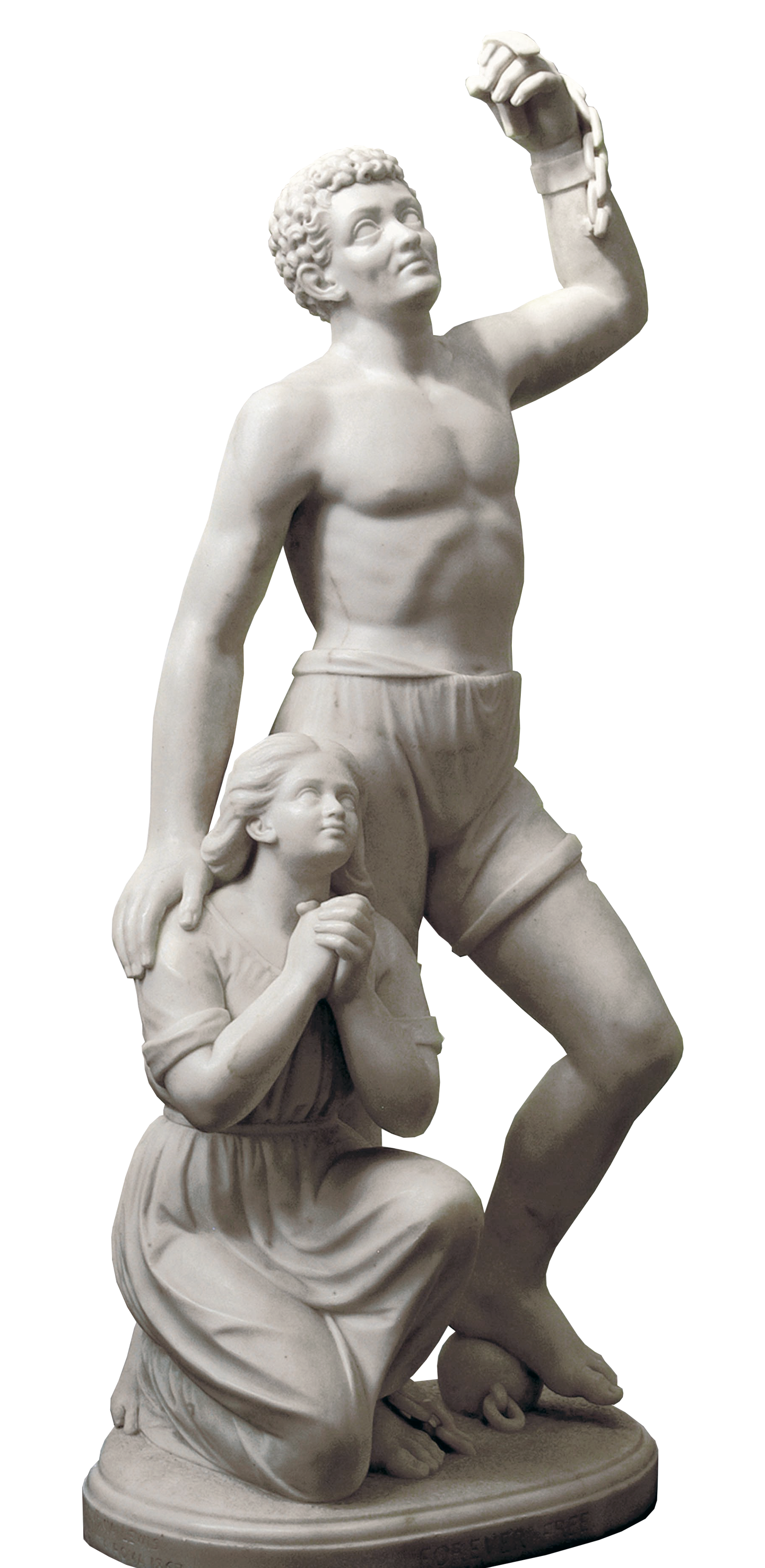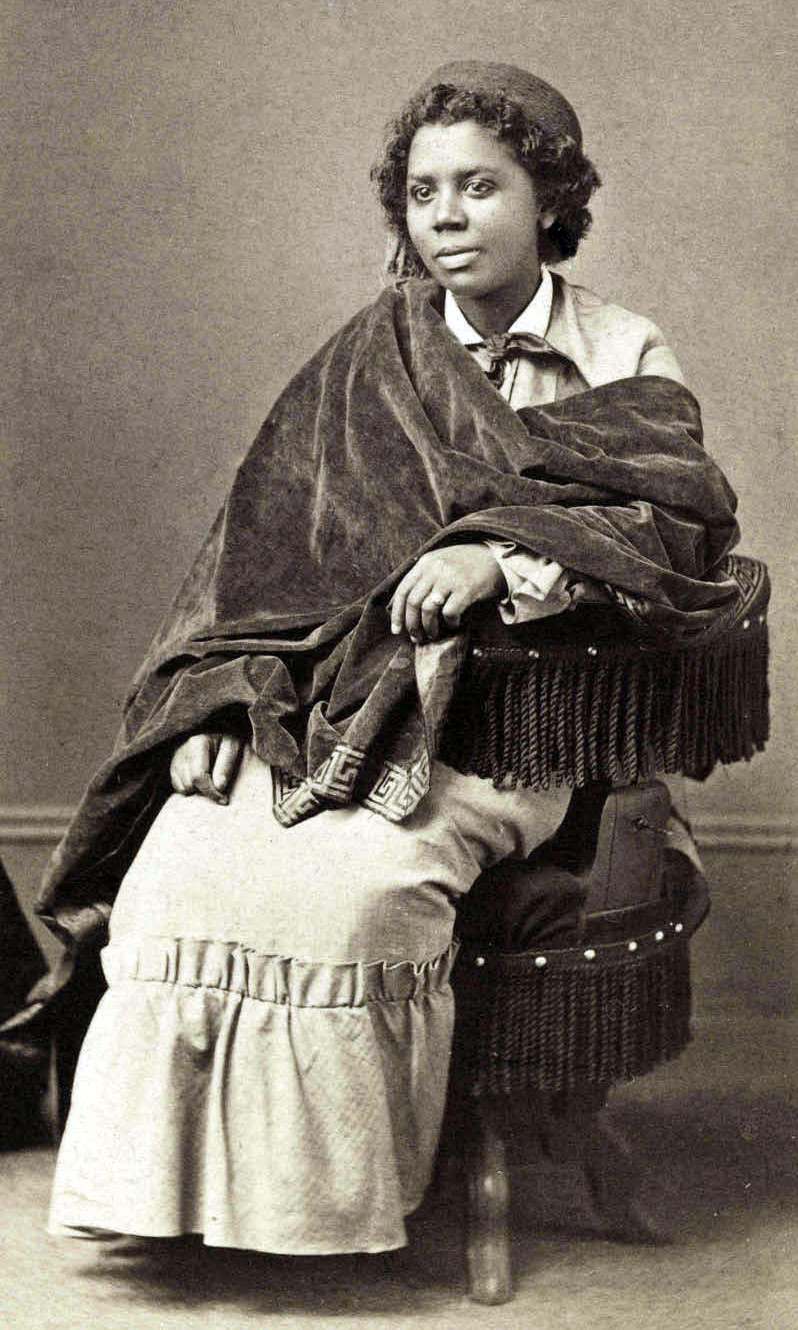
- Details
- By Native News Online Staff
The United States Postal Service has announced a dedication ceremony on January 26th for the issuing of a commemorative Forever Stamp in honor of sculptor Edmonia Lewis.
Lewis is the first mixed race, African American-Native American sculptor to receive international recognition, in the mid-19th century, after she had relocated from the United States to Rome, Italy.
 Old Arrow Maker by Edmonia Lewis (Photo/David Finn Archive, Department of Image Collections, National Gallery of Art Library, Washington, DC, WikiCommons)
Old Arrow Maker by Edmonia Lewis (Photo/David Finn Archive, Department of Image Collections, National Gallery of Art Library, Washington, DC, WikiCommons)
According to the Smithsonian, “Portrait busts of abolitionists and patrons such as Anna Quincy Waterston, and subjects depicting her dual African-American and Native American ancestry were her specialty.”
 Forever Free by Edmonia Lewis 1867
Forever Free by Edmonia Lewis 1867
Lewis was orphaned at a young age, and conflicting accounts of both her tribe and her paternity can be found among her numerous online biographies.
Want more Native News? Get the free daily newsletter today.
“There is nothing so beautiful as the free forest,” Lewis said, as quoted in the National Anti-Slavery Standard, Feb. 27, 1864. “To catch a fish when you are hungry, cut the boughs of a tree, make a fire to roast it, and eat it in the open air, is the greatest of all luxuries. I would not stay a week pent up in cities, if it were not for my passion for art.”
“Lewis challenged social barriers and assumptions about artists in mid-19th century America,” the U.S. Postal Service (USPS) says on its website announcing the stamp’s dedication ceremony. “The work she produced during her prolific career evokes the complexity of her social identity and reflects the passion and independence of her artistic vision.”
According to the USPS, the stamp art is a portrait, based on a photograph of Lewis by Augustus Marshall, made in Boston between 1864 and 1871.
 Edmonia Lewis (WikiCommons)
Edmonia Lewis (WikiCommons)
The stamp is the 45th stamp in the USPS’s Black Heritage Series.
To learn more about the dedication event, which is free and open to the public, check the USPS website for more information.
More Stories Like This
Filmmakers Defend ‘You’re No Indian’ After Demand to Halt ScreeningsA Native American Heritage Month Playlist You Can Listen to All Year Long
11 Native Actors You Should Know
Five Native American Films You Should Watch This Thanksgiving Weekend
Heavy metal is healing teens on the Blackfeet Nation
Help us defend tribal sovereignty.
At Native News Online, our mission is rooted in telling the stories that strengthen sovereignty and uplift Indigenous voices — not just at year’s end, but every single day.
Because of your generosity last year, we were able to keep our reporters on the ground in tribal communities, at national gatherings and in the halls of Congress — covering the issues that matter most to Indian Country: sovereignty, culture, education, health and economic opportunity.
That support sustained us through a tough year in 2025. Now, as we look to the year ahead, we need your help right now to ensure warrior journalism remains strong — reporting that defends tribal sovereignty, amplifies Native truth, and holds power accountable.
 The stakes couldn't be higher. Your support keeps Native voices heard, Native stories told and Native sovereignty defended.
The stakes couldn't be higher. Your support keeps Native voices heard, Native stories told and Native sovereignty defended.
Stand with Warrior Journalism today.
Levi Rickert (Potawatomi), Editor & Publisher

